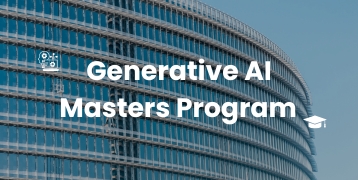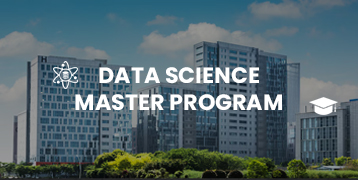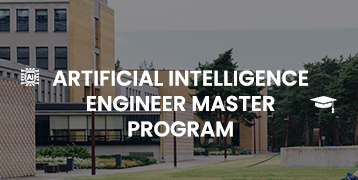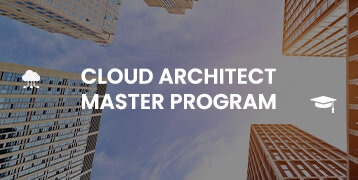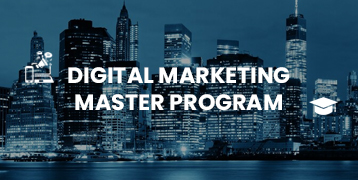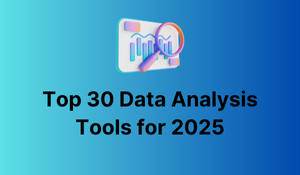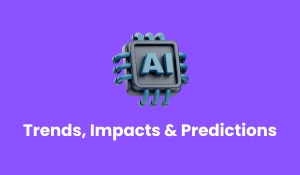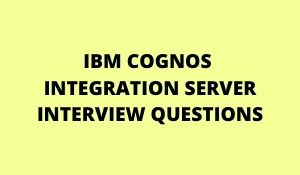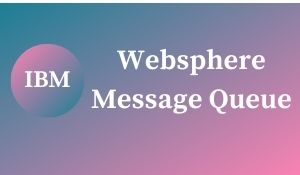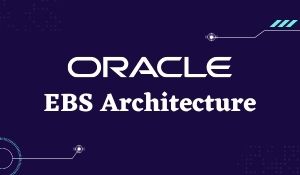
Oracle EBS R12.2 Overview:
The Oracle E-Business Suite Architecture is defined as the framework for various multi-tiered and distributed computing which can be used to support the products of Oracle E-Business Suite. In this type of model, several services or servers can be distributed among the three tiers or levels.
Oracle E-Business Suite (EBS) aka Applications can be integrated into the business application that consists of below features:
- Human Resource Management System (HRMS)
- Enterprise Resource Planning (ERP)
- Supply Chain Management (SCM)
- Customer Relationship Management (CRM)
- Advanced Procurement
- Financial Management
- Project Portfolio Management
- Service Management
Check out: All the operating systems that are supported by the Oracle EBS R12.2.
Roles & Responsibilities of the applications that belong to Oracle DBA
An Oracle dba is considered as one platform that manages Oracle EBS in everyday tasks for the company/enterprise/organization such as:
- Patching of EBS for the new version
- Installation/Configuration of EBS
- Startup/Shutdown of Services
- Cloning of the existing System.
- Managing the stack technology
- Registering Schema and Custom Application
- Troubleshooting
- Requests of the Managing Concurrent
- Password Management
- Sysadmin Role
Being the Oracle Apps of the DBA, one thing that everyone should know is about the architecture of EBS R12.2 along with its concepts.
The architecture of EBS R12:
The architecture of EBS R12 is a 3 Tier Architecture and consists of:
- Application Tier
- Client Tier
- Database Tier
In the architecture of EBS R12, the user / Client tier is one in which the users use a lot. This application tier can be found at which the business logic can be set through the accessed Database Tier. The connection between the application tier and the desktop tier can operate successfully over a Wide Area Network (WAN).
This is because the desktop and application tiers exchange a minimum amount of information, for example only field values that have changed. In a global operation with users at diverse locations, requiring less network traffic reduces telecommunications costs and improves response times.
1. Application Tier: It is also known as the Middle Tier and can sit in between the Database tier and Client tier. The client will access the information/data in the Database Tier with the help of the Application Tier.
2. Client Tier: It is also known as the Desktop Tier in which the end-users can access the suite of Oracle E-Business.
3. Database Tier: On the database tier, the Oracle Database can reside the information/data for the suite of E-Business is stored.
| Learn more information from GoLogica “ORACLE DBA 11g/12c TRAINING“ |
Also one needs to check the below steps:
Steps to download the software of EBS R12 from the site of Edelivery Oracle.
New Changes in the EBS R12.2 can be taken from the Previous Release 11i
In the architecture of the EBS R12.2 that are shown below changes:
The versions of the Database that can be now used are 11g, 12c, and 19c where it has to be there in the version of 11i and it also should have 11g and 10.2.
The version of FMW can be used in EBS R12.2 is known as the 11g in which the 11g was at 10g.
Redefinition of Edition can be based on the EBS R12.2 that can be enabled for the customer/user to upgrade the database of the application objects while it is in use, hence one must eliminate or minimize the downtime.
The JSP and OC4J in the 11 g can be replaced by using the Weblogic JSP & Weblogic server in the version 12 release.
Let us now know more about the architecture of EBS.
While we come to the Oracle EBS it can triple-tier the architecture that contains the below features.
- Application tier
- Web tier or Desktop tier
- Database tier
What is meant by Tier? And what do these 3 tiers are used for?
A tier can be considered as the logical grouping of potentially spread and services all across more than a single physical machine.
The application tier manages and supports various suites of the Oracle E-Business components, this is also sometimes called the middle tier.
The three-tier architecture comprises the installation of Oracle E-Business Suite that can be made up of the database tier, which supports and manages the Oracle database;
The desktop tier offers the user interface through the add-on component to a very standard web browser. The Oracle E-Business Suite Architecture is defined as the framework for various multi-tiered and distributed computing which can be used to support the products of Oracle E-Business Suite. In this type of model, several services or servers can be distributed among the three tiers or levels.

What are Nodes?
Nodes are defined as the applications and databases that are installed in the servers.
It is Nothing but having the both database and application that are installed on the same server
The connection between the application tier and the desktop tier can operate successfully over a Wide Area Network (WAN).
This is because the desktop and application tiers exchange a minimum amount of information, for example only field values that have changed. In a global operation with users at diverse locations, requiring less network traffic reduces telecommunications costs and improves response times.
Desktop Tier
The Desktop tier is nothing but the front end of the database that will be seen in the Desktop tier. In other words, we say as a user interface. Whatever the customer/user makes the transaction say (update, insert, purchase info, delete, and so on). The client interface is provided through HTML for HTML-based applications, and via a Java applet in a Web browser for the traditional Forms-based applications.
The user/customer can log in through the Oracle EBS Page on a desktop client web browser. The Home Page provides a single point of access to HTML-based applications and forms-based applications. Once successfully logged in via the E-Business Suite Home Page, you are not prompted for your username and password again, even if you navigate to other tools and products. Oracle EBS also retains preferences as you navigate through the system.
Conclusion:
Hope this article helps to get the complete details of the Oracle EBS architecture. Feel free to comment in the below section if you have any doubts or queries. Happy Learning!
Related Courses
| Course Name | Enroll Now |
|---|---|
| ORACLE DBA 11g/12c TRAINING | Enroll Now |
| Oracle Access Manager Training | Enroll Now |
| Oracle DAC Training | Enroll Now |
| Oracle IExpense Training | Enroll Now |
| Oracle Exadata Training | Enroll Now |


